Mô tả
Wine label stamps – Stamps to seal wine bottle caps
Printing wine labels is an important step in creating an attractive and distinctive brand image.
Printing wine labels
Printing wine labels is an important aspect of wine product packaging and branding. Wine labels play the role of conveying necessary information about the brand to customers. This is what Print Label has always excelled at, we have a range of effective solutions for printing wine labels to enhance the brand and appeal of our customers’ wine products.
Techniques in printing wine labels
- Use UV ink with different effects such as: glossy UV, matte UV, sand UV, glitter UV, emulsion UV, transparent UV and only visible when using specialized lamps, …
- Embossing, embossing or embossing: Embossing adds elegance and elegance to wine labels, creating a metallic and glossy effect. Embossing provides texture and dimension to specific design elements, enhancing visual appeal.
- Label design in line with the winery’s branding strategy.
- Ensure consistency of quality, image, color on labels
- Print with vibrant colors, high detail and accuracy
- Glossy or matte lamination increases durability, moisture resistance and makes the product more premium.
Introduction to wine label printing materials
Paper
- Paper is highly flexible, easy to manufacture and print. Cheaper than other materials, and less durable.
- Common paper used to print sub-labels for imported alcohol products.
- Art paper used to print the main label on the bottle body.
- Art paper, which has a few characteristics compared to ordinary paper such as pattern, veins, roughness… brings endless creativity. Art paper will contribute to multiplying luxury wine products.
- Suitable for products that require high aesthetics.
Synthetic materials
Synthetic material is another name for plastic stamps such as polypropylene or polyester, with high durability and water resistance. Suitable for wines that can be preserved in a cold environment, soaked in ice… Some common materials are: white plastic stamps, translucent plastic stamps, glossy white plastic stamps…
Wine bottle cap sealing stamp
The seal allows consumers to identify the genuine product. Wine bottle cap seals can include features such as holograms, special inks, or unique patterns that are hard to replicate, helping to protect against counterfeit alcohol. These measures create trust and confidence in consumers, assuring them of the origin and quality of the wine. See more: Security hologram
The importance of wine bottle sealing labels
- Wine bottle cap seals play an important role in ensuring the quality, authenticity and protection of wine.
- Assure consumers of the integrity of the wine bottle
- Comply with regulations according to the standards of Circular No. 160/2013/TT-BTC
- Firmly adheres to uneven surfaces such as bottle caps
- Sealing specifications in the form of broken stamps, void stamps, holograms, broken …
- Authentic product authentication and anti-counterfeiting.
Necessary information on wine labels
- Type of wine: The type of wine in the bottle must be shown on the wine label. You need to tell if it is grape wine, or red wine white wine…
- Production area: Information about the wine-producing region must also be included on the label.
- Manufacturer & Bottling: If the wine is produced from a location other than the winery, both the name and address of the producer % bottling must be printed on the label.
- Alcohol content: Similar to other alcoholic beverages, an alcohol percentage by volume is required on the label.
- Net content: The amount of alcohol in the bottle must also be stated on the label, expressed in milliliters or liters.
- Warning: Commonly found on the back of alcohol labels, for example the warning “Not to be consumed by persons under 18 years of age”.
Tips for printing outstanding wine labels
Have you wondered how to help attract more consumer attention to your wine product? Or think about what else you can do with your label to create the right brand message?
Let us share with you a few tips for choosing the best wine label printing techniques to ensure your wine stays impressive when customers see it.
Embossing – Creating a tactile experience
Embossing adds a textured, prestigious effect to wine labels by elevating a pattern or image from the label surface. This creates a fun touch to the label and highlights the design elements. Embossing is particularly effective on uncoated paper.
Glossy finish – Elegant finish
Adding foil for a premium, luxurious effect conveys quality and complements the label design. Gloss will give your labels a metallic shine and depth, giving wine labels a distinct finish. Depending on the desired look, we can use cold foil or hot foil, and sometimes no foil – a metallized material may work best instead. The foil is not only available in gold and silver, but also in a variety of rainbow colors and designs, such as holographic patterns.
Highlight your design
High-thickness coating provides superior tactile effect, highlighting key design areas. They act as a clear or colored embossed surface on wine labeling areas, such as logos and wine names. This is a great way to enhance the richness and color depth of selected design elements.
Material selection
There are countless material options to choose from. From paper to vinyl, or transparent stamps, silver stamps to create shine. When choosing a material, many factors should be considered, such as:
- Design compatibility
- Brand compatibility
- Resistant to water and cold temperatures, as many wines taste better when chilled in an ice bucket
- Rest assured, this is our expertise. Hadupack will advise you on the most suitable material. Please contact us for a consultation.
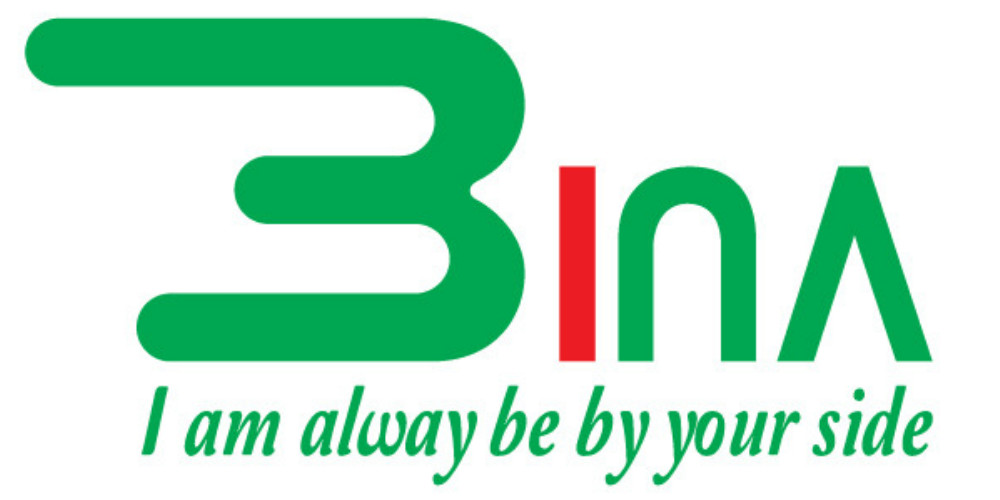
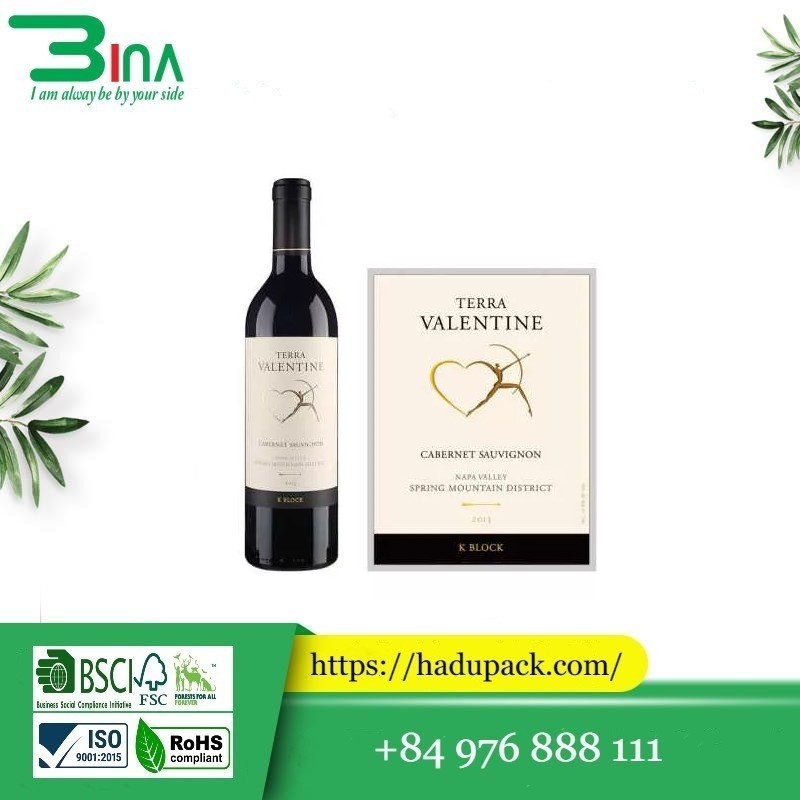




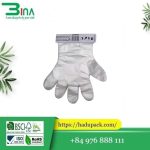
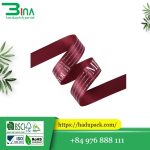
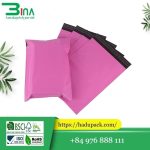

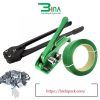


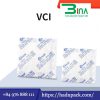
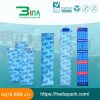
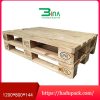


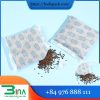

Đánh giá
Chưa có đánh giá nào.